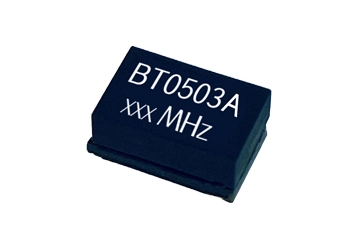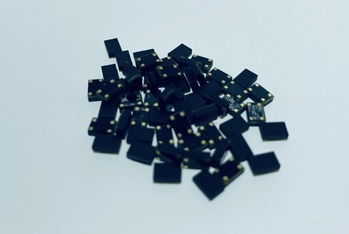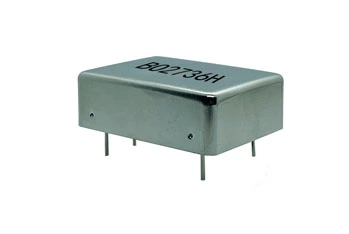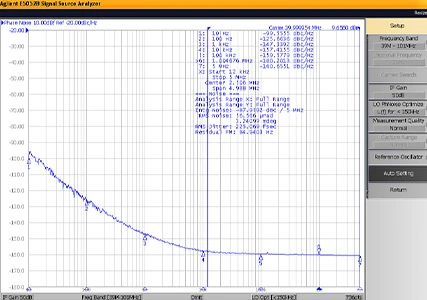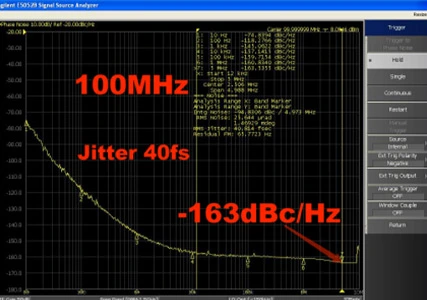As we all know, mechanical watches are relatively expensive, with an accuracy range of about five to ten seconds per day. In comparison, quartz watches are much cheaper but can maintain high accuracy, with a monthly error of only about two to three seconds. Why is this so? It's because of the presence of a quartz crystal oscillator in the quartz watch.
A quartz crystal oscillator is a type of resonator device made using the piezoelectric effect of quartz crystals. A thin slice is cut from a quartz crystal at a specific angle, silver layers are applied to its two corresponding surfaces to serve as electrodes, and each electrode is welded with a lead wire that connects to the pins. Together with the encapsulation cover, this constitutes a quartz crystal resonator, commonly referred to as a quartz crystal oscillator or simply crystal or crystal oscillator.
Because the frequency output by the crystal oscillator is a very stable frequency signal, it is referred to as the heart of electronic systems, allowing various systems to complete tasks within the specified time.
Since the advent of digital circuits, the concept of the quartz crystal oscillator has been around. The earliest oscillators were built using resistors and capacitors. Later, it was discovered that quartz material provides a very high-quality factor, including good stability and phase noise, and excellent oscillation performance parameters.
Because quartz material has a high Q value (the Q value is the quality factor, a parameter reflecting frequency stability. The higher the Q value, the higher the stability.), its properties greatly enhance the performance parameters of quartz material. Since the last century, quartz crystal oscillators have been widely used. With advancements in production parameters and circuits, the development of various oscillator parameters has seen significant improvement.
The quartz oscillator uses the piezoelectric effect and mechanical vibration of the quartz crystal to generate an electrical signal with extremely precise and stable frequency. This signal's frequency is usually set to 32.768 Hz, but higher frequency oscillators are also used in some high-precision watches.
This high-frequency vibration signal provides the watch with a precise time reference, ensuring accurate timekeeping.
The high-frequency signal generated by the quartz crystal oscillator needs to be further processed to convert it into a low-frequency signal suitable for the watch's timekeeping requirements (such as 1 Hz, i.e., once per second).
This process is usually achieved through a frequency division circuit, which divides the 32.768 Hz signal into a 1 Hz pulse signal used to drive the watch's hands or digital display.
The oscillation frequency of the quartz oscillator is much higher than the oscillation frequency of the balance wheel and hairspring in traditional mechanical watches (typically 2.5 to 5 Hz). Higher oscillation frequency means higher timekeeping accuracy.
The timekeeping accuracy of quartz watches is therefore greatly improved, usually maintaining a high degree of accuracy.
The quartz oscillator acts as the "heart" in quartz watches, providing a stable and precise time reference. Its high-frequency oscillation and precise timekeeping capability have made quartz watches widely used and recognized in modern society.
 English
English français
français Deutsch
Deutsch Español
Español русский
русский


